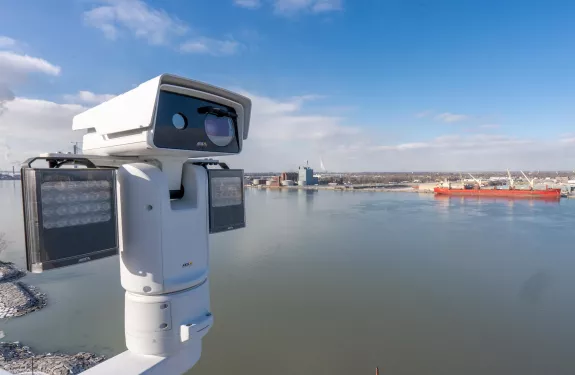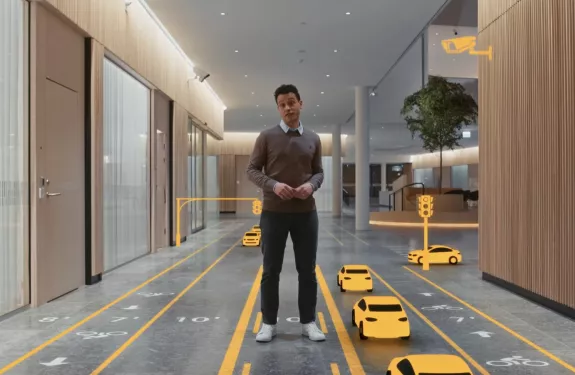Smart connectivity: Insights for a successful IoT strategy
3
minutes read
Our solutions help both public and private transport companies provide greater safety, ease congestion, and use analytics to better maximize customer service.




